Laser skin rejuvenation is a safe, effective method using lasers to target specific skin concerns like fine lines, hyperpigmentation, and damaged collagen. Types of lasers include fractional, non-ablative, and ablative, each with unique benefits for various conditions. Treatments stimulate collagen production, improve texture, and reduce signs of aging with minimal downtime. Key considerations include realistic expectations, proper post-treatment care, and consultation with a qualified dermatologist to mitigate rare side effects. Consistent follow-up treatments and maintenance ensure long-term results from laser skin rejuvenation.
“Unveil the secrets of youthful skin with Laser Skin Rejuvenation, a revolutionary approach to skincare. This comprehensive guide explores the science behind this advanced procedure, offering insights into its various types and benefits for enthusiasts seeking a radiant complexion. From safety concerns to post-treatment care, we demystify each step. Whether you’re a candidate for this game-changing therapy or curious about potential side effects, this article provides a detailed overview of laser skin treatments, ensuring you’re fully informed before diving in.”
Understanding Laser Skin Rejuvenation: Unveiling the Science Behind It
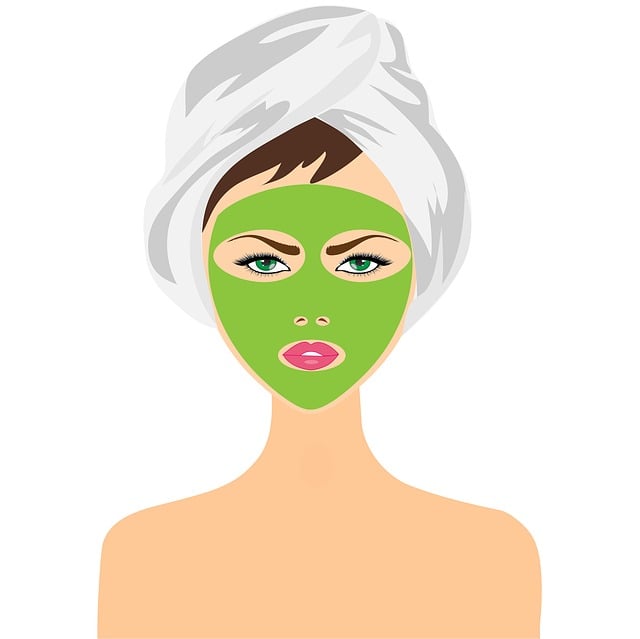
Laser skin rejuvenation is a groundbreaking approach in dermatology, harnessing the power of light to transform and revitalize the skin. This advanced technique involves using concentrated beams of light, or lasers, to target specific skin concerns. The science behind it lies in the ability of lasers to interact with various components of the skin, stimulating collagen production and breaking down damaged tissue.
During a laser skin treatment, the precise energy of the laser is absorbed by different structures within the skin, such as pigmented cells and collagen fibers. This absorption causes a controlled damage to the targeted areas, which triggers the body’s natural healing response. As a result, new collagen is synthesized, improving skin texture, reducing fine lines, and even addressing hyperpigmentation. With its precision and versatility, laser skin rejuvenation offers a safe and effective solution for various skin issues, making it a popular choice among those seeking youthful, radiant skin.
Types of Laser Skin Treatments: A Comprehensive Overview
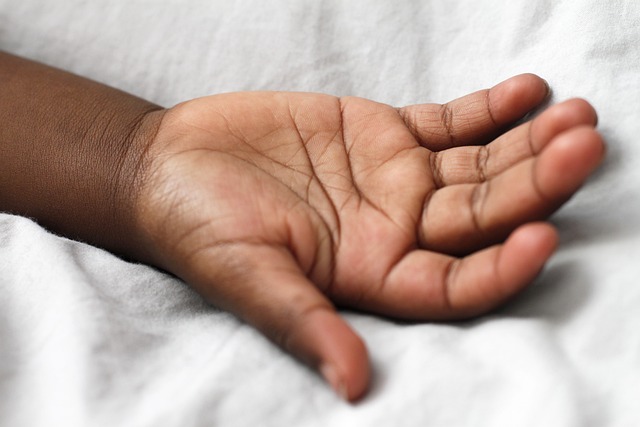
Laser skin treatments have evolved significantly, offering a range of options for various skin concerns. The most common types include fractional lasers, which create tiny holes in the skin to stimulate collagen production, leading to improved texture and reduced fine lines. Another popular choice is the non-ablative laser, which heats the deeper layers of the skin without damaging the surface, effective for treating acne scars and hyperpigmentation.
For more severe conditions like scar revision and surgical wound healing, ablative lasers are employed. These devices remove a layer of skin to promote regrowth, resulting in smoother, more even-toned skin. Each type has its advantages and is tailored to specific needs, ensuring effective laser skin rejuvenation for all.
Benefits and Advantages for Skincare Enthusiasts

Laser skin treatments have emerged as a game-changer in the world of skincare, offering numerous benefits and advantages for enthusiasts seeking effective and long-lasting results. One of the key advantages is its ability to target specific skin concerns with precision, whether it’s reducing fine lines and wrinkles, improving texture, or treating uneven skin tone. The non-invasive nature of laser treatments makes them an attractive option for those who prefer a more gentle approach to skincare compared to surgical procedures.
Additionally, these advanced technologies stimulate collagen production, which is essential for maintaining youthful-looking skin. By promoting the growth of healthy new skin cells, laser treatments can enhance overall skin texture and elasticity, providing a radiant and rejuvenated appearance. Skincare enthusiasts appreciate the convenience and minimal downtime associated with laser skin rejuvenation, allowing them to resume their daily routines promptly after the procedure.
The Safety and Effectiveness of Popular Laser Technologies
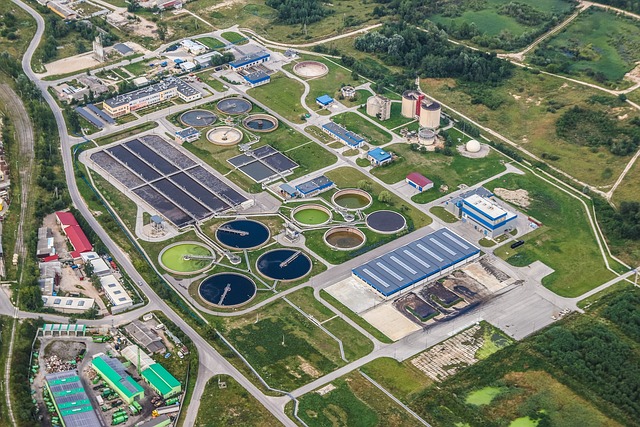
Laser skin rejuvenation has gained immense popularity due to its effectiveness in treating various skin concerns. Among the popular laser technologies are CO2 lasers, Erbium lasers, and Fractional lasers. Each offers unique advantages tailored to specific treatments like fine line reduction, acne scarring, and texture improvement.
Safety is a top concern when considering any laser skin treatment. Modern laser devices are designed with advanced safety features, ensuring minimal risk during procedures. Professional administration by qualified dermatologists further enhances safety. Clinical studies have consistently shown the effectiveness and long-lasting results of these technologies in improving skin health and appearance.
Candidate Selection: Who Is a Good Fit for This Procedure?

Laser skin rejuvenation is a popular procedure for those seeking to enhance their appearance and combat signs of aging. The ideal candidates for this treatment are individuals with healthy skin who have specific concerns, such as fine lines, wrinkles, uneven skin texture, or hyperpigmentation. It’s essential to note that laser treatments may not be suitable for everyone, and consulting a dermatologist is crucial before proceeding.
During the initial consultation, dermatologists will assess skin conditions, discuss medical history, and consider factors like skin type, expected outcomes, and potential side effects. Patients with realistic expectations and a commitment to post-treatment care are more likely to achieve desirable results from laser skin treatments.
What to Expect During and After the Treatment Session
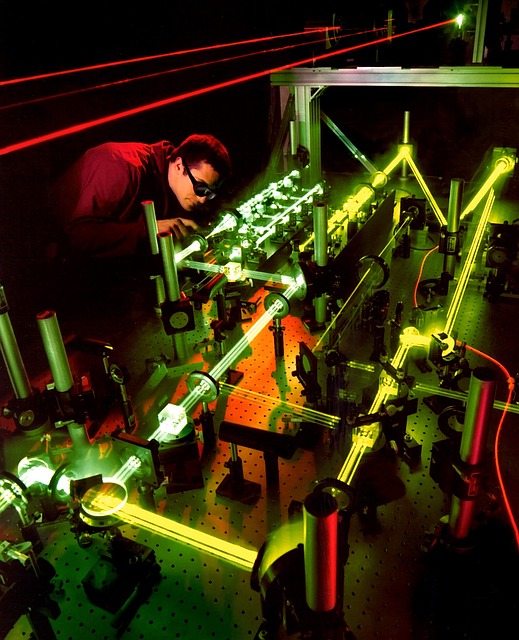
During a laser skin rejuvenation treatment, patients can expect a series of precise laser pulses targeting specific skin layers. This non-invasive procedure is designed to stimulate collagen production and gently resurface the skin. You may feel a gentle warmth or tingling sensation during the session, but typically, modern lasers are equipped with cooling mechanisms to ensure patient comfort. The treated area might appear slightly flushed or red immediately after, which is a normal part of the healing process.
Following the treatment, it’s common to experience temporary redness and mild swelling, similar to a sunburn. This usually subsides within 24-48 hours. Patients are often advised to avoid direct sunlight and use recommended skincare products to soothe and protect the treated skin. Within days to weeks, as your skin rejuvenates, you’ll start noticing improvements in texture, fine lines, and overall skin tone. Laser skin treatments offer a safe and effective way to achieve youthful-looking skin without extensive downtime.
Potential Side Effects and Management Strategies
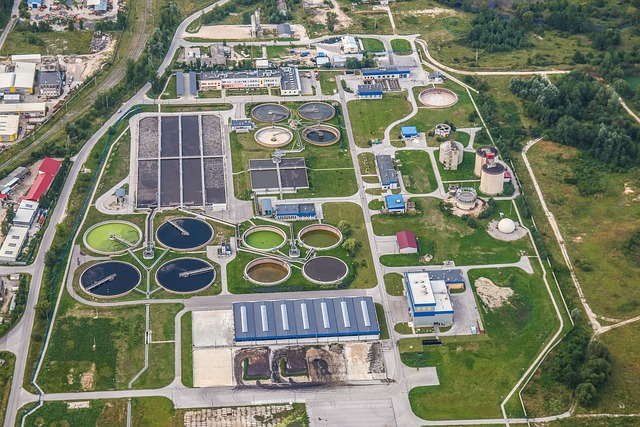
Laser skin rejuvenation, while offering promising results, is not without potential side effects. Common temporary reactions include redness, swelling, and mild discomfort in the treated area. These usually subside within a few days. More severe but rare complications may include changes in skin pigment or texture. To mitigate these risks, it’s crucial to choose an experienced professional who uses state-of-the-art equipment and follows proper protocol.
Management strategies for any adverse effects can include applying cold compresses, using prescribed topical medications, and avoiding direct sunlight until healing is complete. Patients should be aware of these possibilities before undergoing laser skin treatments and discuss them openly with their dermatologist to ensure the best outcomes and minimize potential drawbacks.
Maintenance and Follow-up Care for Optimal Results

After a laser skin rejuvenation treatment, proper maintenance and follow-up care are essential for achieving optimal results. It’s crucial to adhere to your practitioner’s post-procedure guidelines, which may include using recommended cleansers, avoiding sun exposure without protection, and applying soothing or prescribed creams to enhance healing. Staying hydrated, eating a nutritious diet, and refraining from certain makeup use until fully healed can also significantly impact the final outcome.
Regular check-ins with your dermatologist or skin care specialist are vital for monitoring progress and addressing any concerns promptly. They may schedule follow-up appointments to assess the skin’s response, ensure no adverse reactions occur, and discuss additional treatments if needed. This proactive approach guarantees that you maintain healthy, rejuvenated skin in the long term and achieve the desired aesthetic goals with your laser skin treatments.
